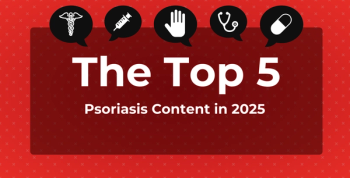
Latest News in Parkinson Disease: Adapting Telehealth, Differentiating Parkinsonism and Tardive Dyskinesia, and More
An overview of the latest news in Parkinson disease reported across clinical research.
An overview of the latest news in
Adapting Telehealth, Wearable Technologies in the Treatment of PD
In a recent study published in
Twenty-five patients with PD experiencing either tremors or involuntary movements were split into 2 groups. One group’s follow-up care included telehealth and device-based tracking and the other group’s care was managed by traditional face-to-face appointments with symptom diaries. Patients of both groups presented with comparable baseline characteristics.
Due to early study suspension caused by COVID-19, the authors noted that findings had limited statistical significance, although patients of the telehealth group exhibited a greater reduction in the primary outcome of
Separating Tardive Dyskinesia From PD, Other Drug-Induced Movement Disorders
A recent article by
Compared with similar conditions whose symptoms improve through the removal or reduction of associated agents, such as neuroleptic-induced parkinsonism, removing the dopamine receptor–blocking agents was indicated to rarely completely reverse TD symptoms. The move may precipitate symptoms as well.
Diagnosis of TD has been associated with significant adverse effects related to quality of life and daily functioning, including impaired gait and posture, gastrointestinal function, speech, and respiration.
Evaluating Associations Between Mitochondria Recycling and PD Development
With prior research suggesting that development of sporadic PD, the most common form of PD, is
In the study, researchers tracked the interaction between individual mitochondria in neurons and PINK1 and Parkin, 2 proteins that initiate the decomposition of damaged mitochondria in a process called mitophagy, through a combination of time-lapse microscopy, correlative light, and electron microscopy.
Similar to the traditional mitophagy process, the 2 proteins encircled damaged mitochondria and targeted them for degradation. However, instead of the mitochondria being broken down and built into new molecular cells, damaged Parkin-coated mitochondria fused with other components inside the cell to form mitochondria-degrading structures called mitolysosomes that survived for hours inside cells. The researchers
Newsletter
Stay ahead of policy, cost, and value—subscribe to AJMC for expert insights at the intersection of clinical care and health economics.








































